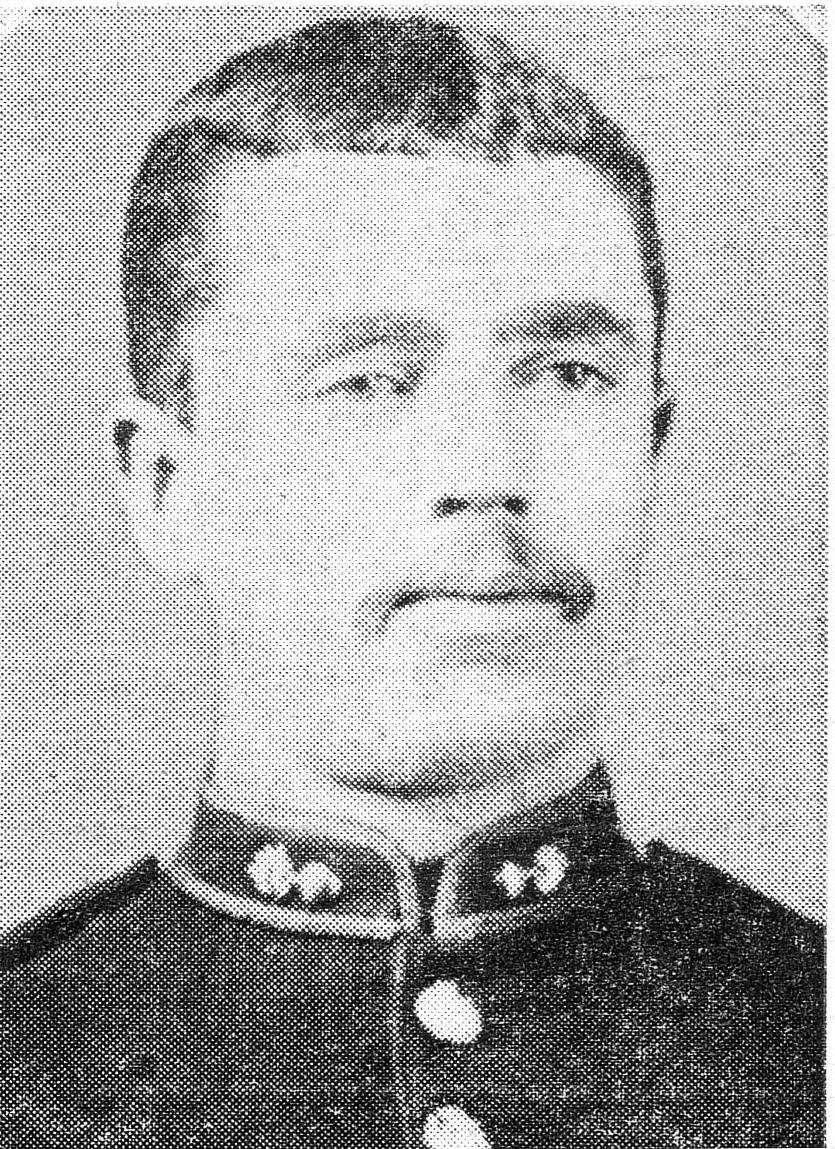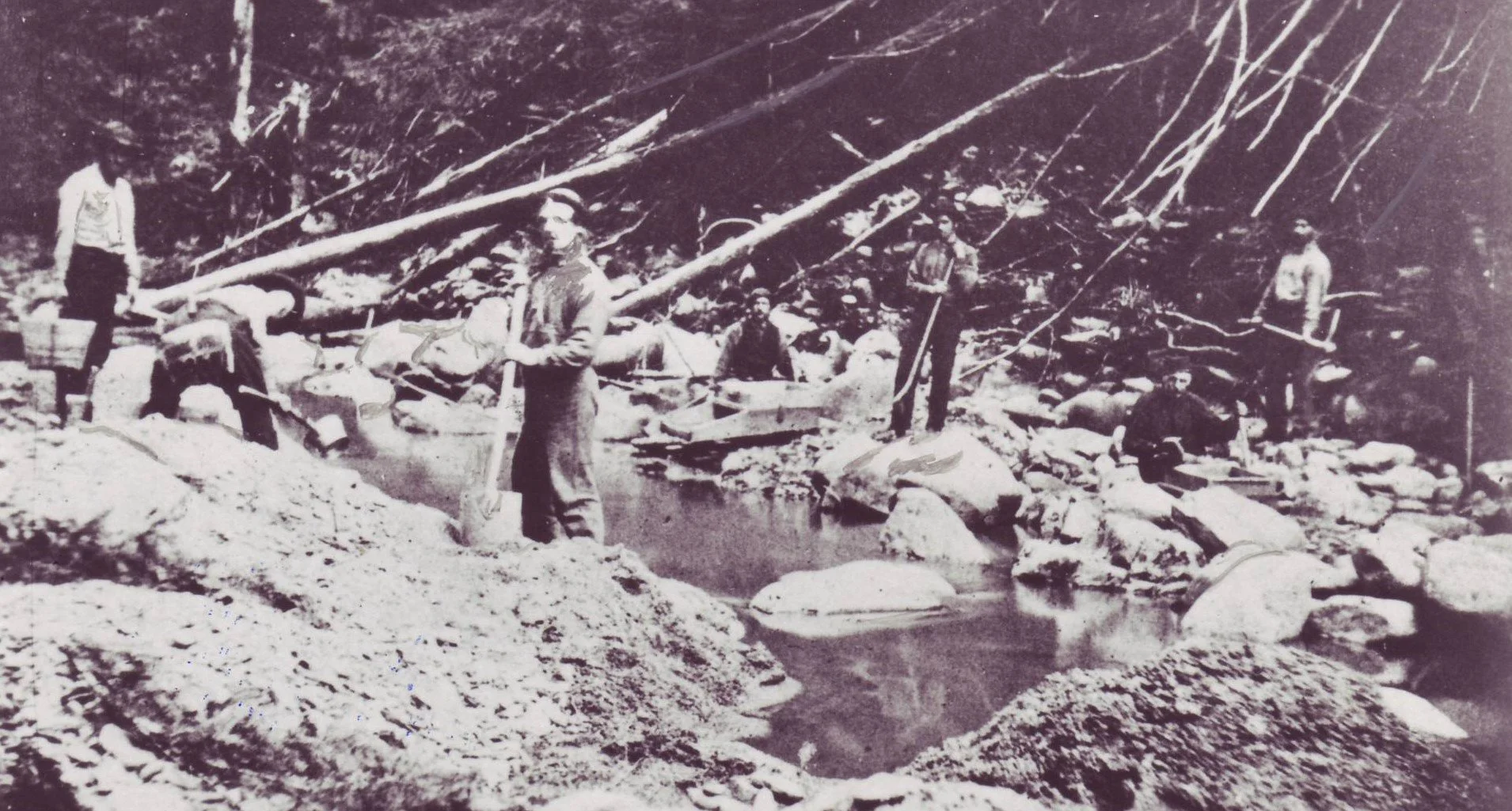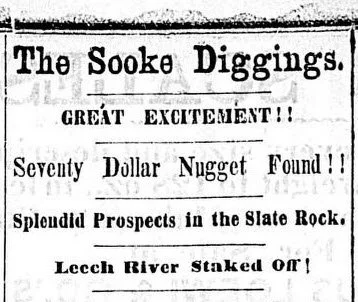How times have changed. It wasn’t all that long ago that almost everybody smoked cigarettes, cigars and/or pipes.
But the latest statistics for Canada (2020) show that just one Canadian in 10 smokes cigarettes, down from 12% the previous year. More men (12%) smoke than women (9%). These statistics include those who smoke only occasionally.
What a far, far cry from when I was a lad. My parents, grandparents, aunts and uncles smoked, their friends smoked, and when we could sneak them and were playing out of sight in the bushes that lined the nearby CNR tracks, we kids smoked.
We called them coffin nails and someone said that each cigarette took a week off our lives. From the mouths of babes...
Next week on the Chronicles, a look back at the heyday of tobacco in British Columbia.
*******
PHOTO: One of the most popular brands in Canada was Players Navy Cut. Despite its obvious play on the Royal Navy, my father, who served 20 years in the RCN, smoked Export A.




















